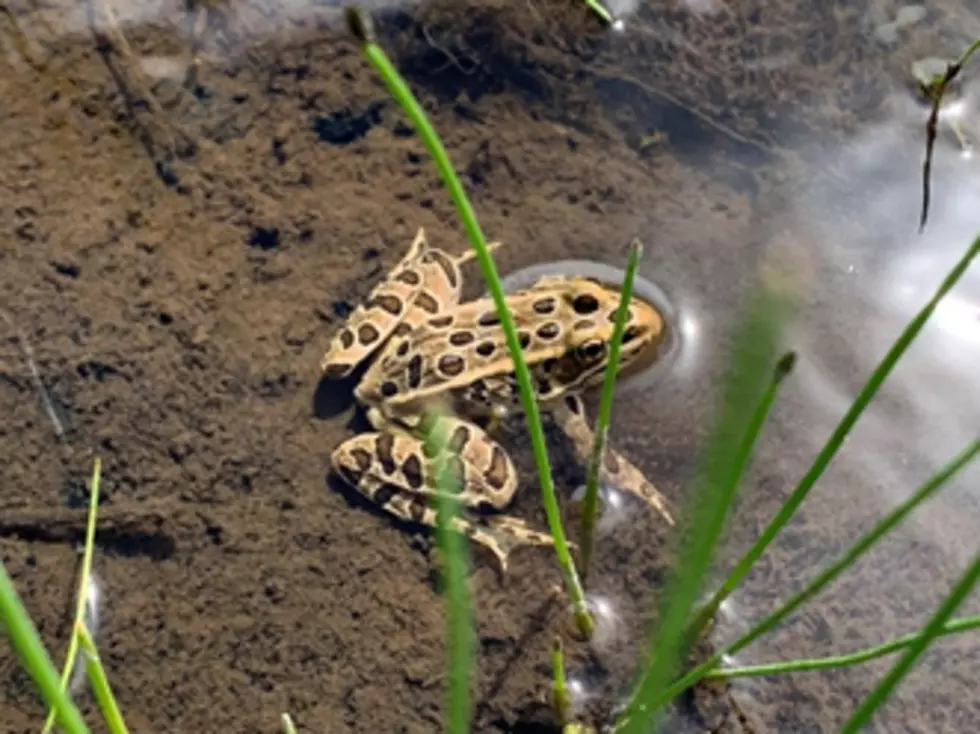
Why are Northern Leopard Frogs a Species of Concern in Colorado?
Although they were once abundant in many different states, northern leopard frogs have been experiencing drastic declines in their population since the 1970s - all across the country, including throughout the Front Range.
According to the US Forest Service, some of the factors that have led to the decrease of these amphibians in Colorado are habitat destruction, fungal disease, acidification of water, introduced predators, bullfrog establishment, and climatic changes. Drought has also been a major reason for the decline of northern leopard frogs in the Rocky Mountain region.
The northern leopard frog is considered a species of concern by Colorado Parks and Wildlife and has been ranked a Tier 1 Species of Greatest Conservation Need. They are also a species of concern in Arizona, California, and New Mexico.
In order to conserve these cold-blooded creatures, northern leopard frogs need the protection of the habitat used for all phases of their life cycle. Specific efforts are being taken to help preserve the remaining populations. These measures include preventing the establishment of predatory fish and bullfrogs in certain places and managing livestock access to foraging habitats and ponds. Northern leopard frogs are also being translocated to reestablish populations in suitable aquatic habitats.
As adults, these frogs can be identified by their green or brown skin, with large rounded or oval spots. They are typically between 2 to 3.5 inches. The male northern leopard frogs' call usually sounds like a low, rattling snore that lasts about three seconds followed by a series of stuttering chuckles, grunts, or croaks.
In Colorado, these frogs can be found between elevations of 3,000 and 12,000 feet. They make their homes in a diversity of habitats, including wet meadows and the banks and shallows of marshes, ponds, glacial kettle ponds, beaver ponds, lakes, reservoirs, streams, and irrigation ditches.
Historically, they were widespread throughout the Front Range, however, that is not the case anymore.
Earlier this year, biologists discovered a small population of northern leopard frogs living at Soapstone Prairie in Fort Collins. The area where they were located is closed to the public, which helps to avoid human disruption.
The taking or possession of the northern leopard frog in Colorado is prohibited without possession of a special license for scientific collecting, rehabilitation, education, or propagation. Fortunately for this fragile species, the Northern Colorado Wildlife Center is one of the few wildlife rehabilitation nonprofits in the state who is licensed and able to care for northern leopard frogs.





